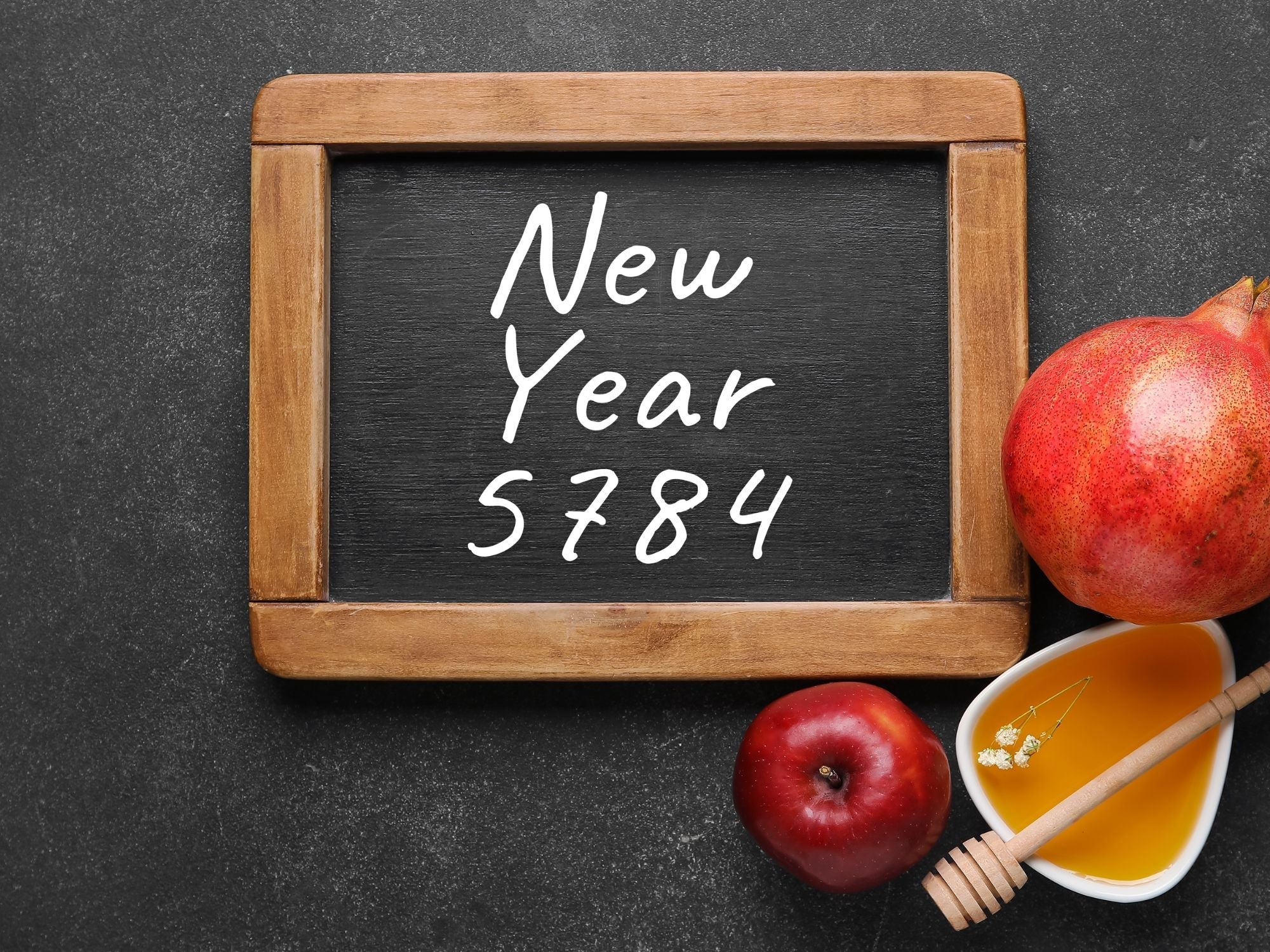
Hebrew Year Explained: Fun Facts About the Jewish Calendar
The Hebrew calendar, steeped in history and tradition, is a fascinating tapestry of time that has been meticulously woven for centuries. Each year, it marks the cycles of Jewish life, guiding celebrations, observances, and reflections. In this blog post, we'll unravel the mysteries of the Hebrew year and share some intriguing fun facts about this unique calendar.
The Hebrew Calendar Basics
1. Lunar and Solar: Unlike the Gregorian calendar, which is purely solar, the Hebrew calendar is lunisolar. It combines both lunar and solar elements to keep the holidays in their proper seasons.
2. Months and Days: The Hebrew calendar consists of 12 lunar months, with an additional month occasionally added to keep the calendar in sync with the solar year. Each month has either 29 or 30 days.
The Jewish New Year
1. Rosh Hashanah: The Jewish New Year, Rosh Hashanah, marks the beginning of the Hebrew year. It falls on the first day of the month of Tishrei, typically in September or October on the Gregorian calendar.
2. Counting Years:** In the Hebrew calendar, years are counted from the creation of the world. The current year (as of my knowledge cutoff date in 2021) is 5782, dating back to the biblical account of Creation.
**Fun Facts About the Hebrew Year**
1. **Dual Celebrations:** In addition to the regular civil year, Jews also celebrate a religious year, starting with the month of Nisan, which includes Passover.
2. **Jubilee Year:** Every 50 years, a special year called the Jubilee (Yovel) is observed. It includes the release of slaves, the return of ancestral lands, and a year of celebration and freedom.
3. **Leap Years:** To account for the discrepancy between lunar and solar years, the Hebrew calendar adds an extra month, Adar II, in leap years. This ensures that Passover, which falls in the spring, remains in its proper season.
4. **Names of the Months:** The months of the Hebrew calendar have unique names with historical and agricultural significance. For example, Tishrei, the seventh month, is associated with the word "tashrat," meaning "beginning."
5. **Special Numbers:** The number seven holds particular significance in Jewish tradition, and it's woven into the Hebrew calendar. For example, there are seven leap years in each 19-year cycle.
**Conclusion**
The Hebrew calendar is not just a system for tracking time; it's a reflection of Jewish history, spirituality, and cultural heritage. As you delve into the mysteries of the Hebrew year, may you find inspiration in the cycles and traditions that have shaped Jewish life for generations. Whether you're counting the days to a holiday or celebrating a Jubilee year, the Hebrew calendar is a testament to the enduring connection between time and tradition.
The Hebrew Calendar Basics
1. Lunar and Solar: Unlike the Gregorian calendar, which is purely solar, the Hebrew calendar is lunisolar. It combines both lunar and solar elements to keep the holidays in their proper seasons.
2. Months and Days: The Hebrew calendar consists of 12 lunar months, with an additional month occasionally added to keep the calendar in sync with the solar year. Each month has either 29 or 30 days.
The Jewish New Year
1. Rosh Hashanah: The Jewish New Year, Rosh Hashanah, marks the beginning of the Hebrew year. It falls on the first day of the month of Tishrei, typically in September or October on the Gregorian calendar.
2. Counting Years:** In the Hebrew calendar, years are counted from the creation of the world. The current year (as of my knowledge cutoff date in 2021) is 5782, dating back to the biblical account of Creation.
**Fun Facts About the Hebrew Year**
1. **Dual Celebrations:** In addition to the regular civil year, Jews also celebrate a religious year, starting with the month of Nisan, which includes Passover.
2. **Jubilee Year:** Every 50 years, a special year called the Jubilee (Yovel) is observed. It includes the release of slaves, the return of ancestral lands, and a year of celebration and freedom.
3. **Leap Years:** To account for the discrepancy between lunar and solar years, the Hebrew calendar adds an extra month, Adar II, in leap years. This ensures that Passover, which falls in the spring, remains in its proper season.
4. **Names of the Months:** The months of the Hebrew calendar have unique names with historical and agricultural significance. For example, Tishrei, the seventh month, is associated with the word "tashrat," meaning "beginning."
5. **Special Numbers:** The number seven holds particular significance in Jewish tradition, and it's woven into the Hebrew calendar. For example, there are seven leap years in each 19-year cycle.
**Conclusion**
The Hebrew calendar is not just a system for tracking time; it's a reflection of Jewish history, spirituality, and cultural heritage. As you delve into the mysteries of the Hebrew year, may you find inspiration in the cycles and traditions that have shaped Jewish life for generations. Whether you're counting the days to a holiday or celebrating a Jubilee year, the Hebrew calendar is a testament to the enduring connection between time and tradition.


